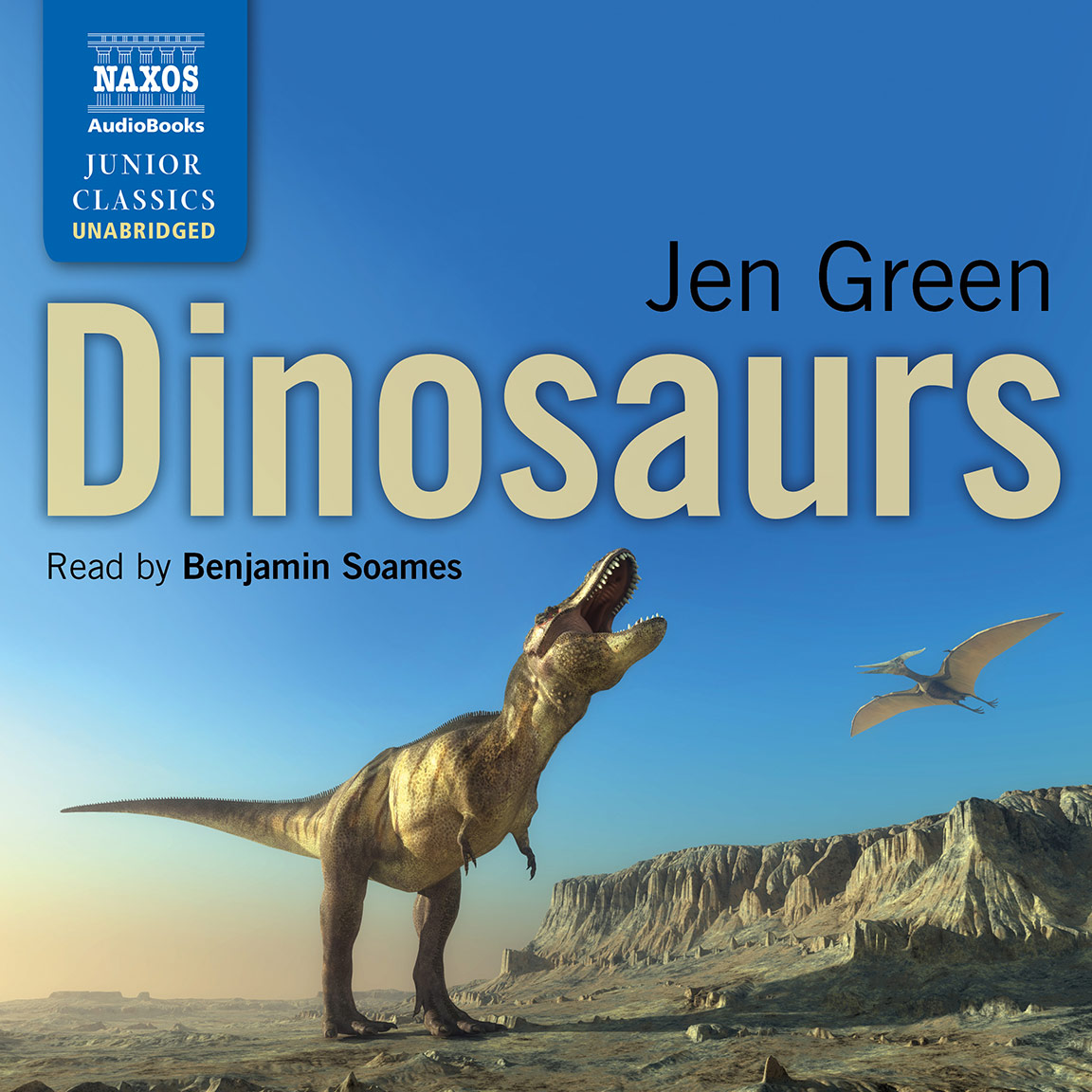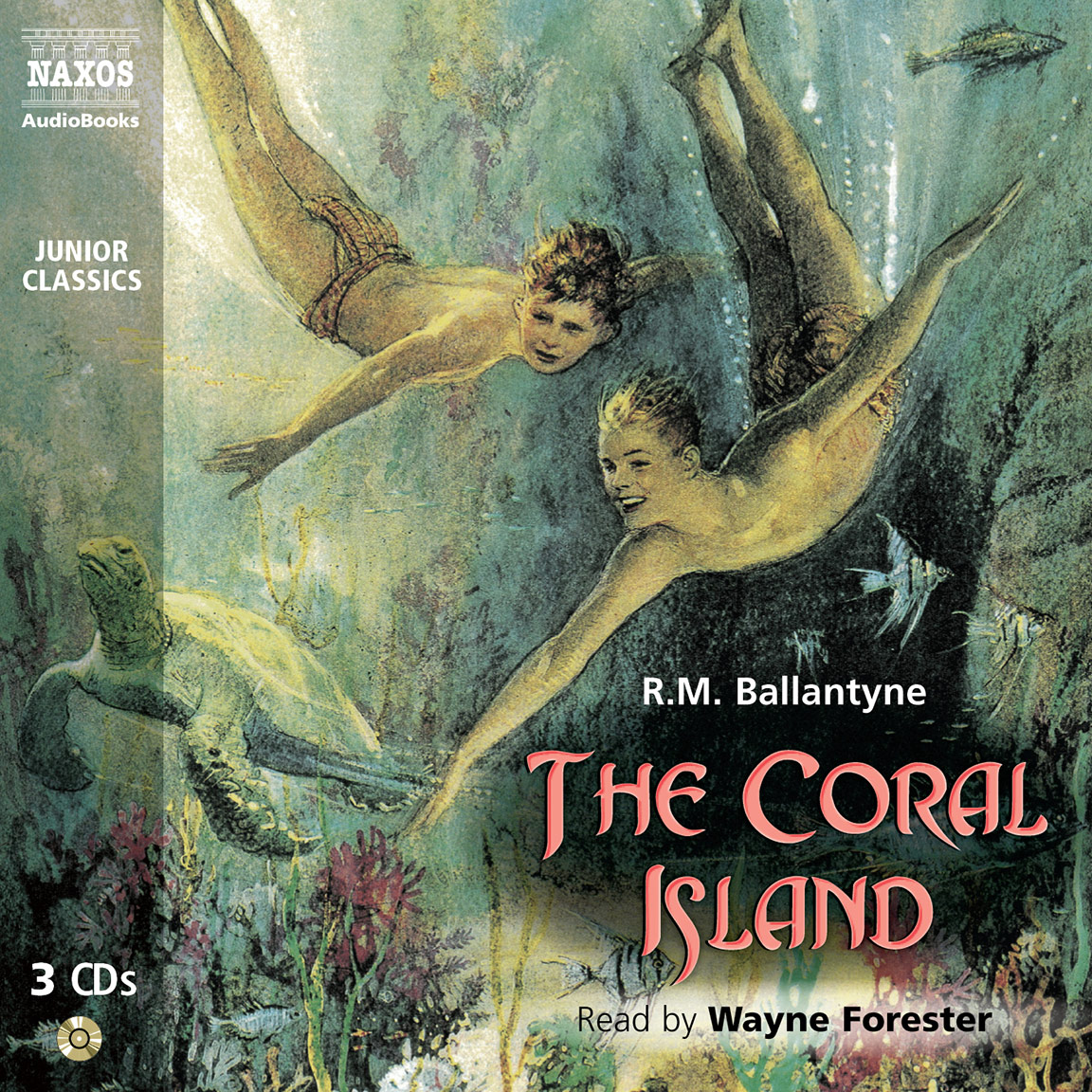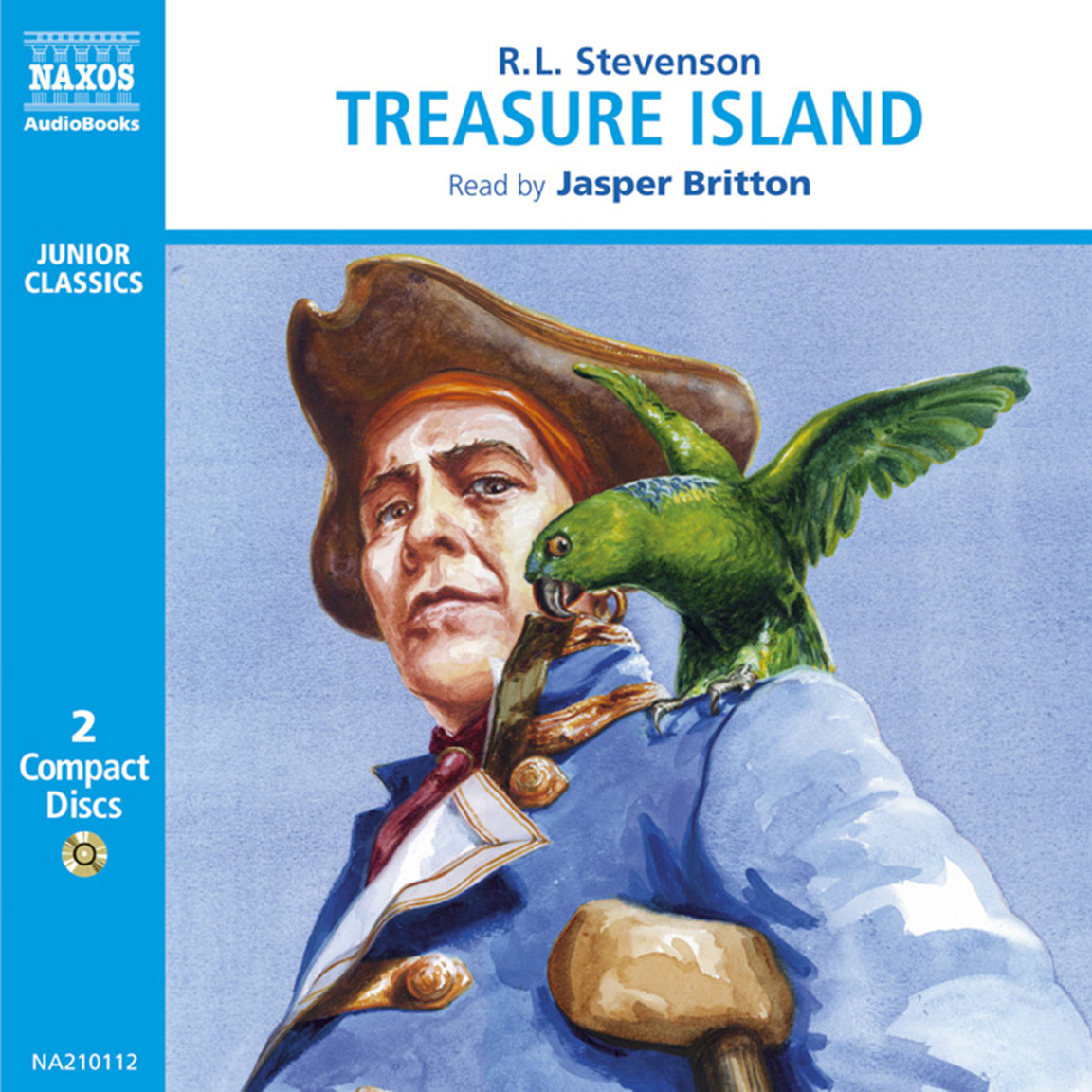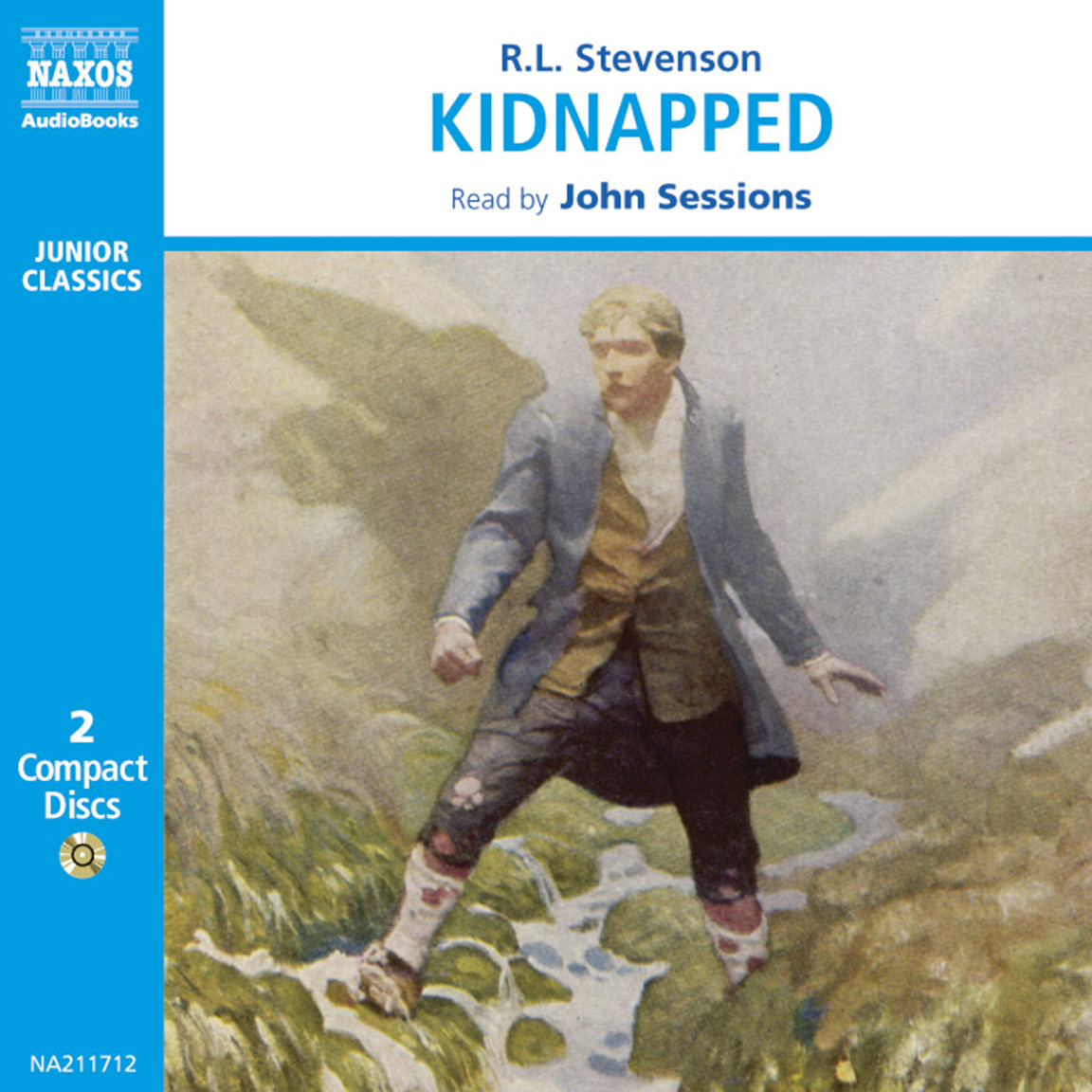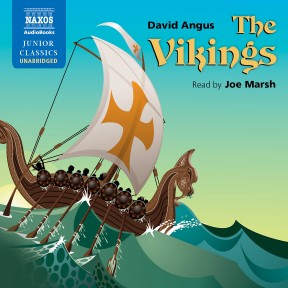
Audio Sample
David Angus
The Vikings
Read by Joe Marsh
unabridged
Between the eighth and eleventh centuries Vikings stormed out of their Scandinavian homelands to raid and loot along the coasts of Europe. In old Norse to ‘go a’viking’ meant to take to sea in a long ship for an adventure. Sometimes this was a trading trip, sometimes a piratical raid. Often it was both. Explorers and traders, warriors and poets, they ranged between Byzantium in the south and Iceland, and even North America, in the North. Their fame lives on.
-
Running Time: 2 h 25 m
More product details
Digital ISBN: 978-1-84379-487-5 Cat. no.: NA0045 Download size: 35 MB BISAC: JNF025070 Released: May 2011 -
Listen to this title at Audible.com↗Buy on CD at Downpour.com↗Listen to this title at the Naxos Spoken Word Library↗
Due to copyright, this title is not currently available in your region.
You May Also Enjoy
Reviews
This entertaining and informative account was written especially for Naxos AudioBooks by David Angus, author of Great Explorers of the World, Great Inventors and other spoken word histories.
www.emotionallyfourteen.com
Vikings have always fascinated children and David Angus’s The Vikings makes terrific and exciting listening, telling the truth about them, which the Christian monks, writing at the time of Viking raiding, certainly didn’t. And no, they didn’t run around wearing horned helmets either – that was 19th-century imaginings!
Kati Nicholl, Daily Express
It wasn’t an empire in Roman, Mongolian or British terms of permanence and civilisation, but the Vikings who rowed in open boats to their settlements in North America and Russia, Iceland and Byzantium, were surely the world’s toughest expansionists. History, culture, exploits, mythology, it’s all here.
Sue Arnold, Guardian
Superbly narrated by Joe Marsh, The Vikings by David Angus is specifically appropriate for young listeners as they learn about the history, culture, myths, legends, personalities, explorations, and accomplishments of the Danes, Swedes, and Norwegians that are collectively referred to as the ’Vikings’ and who were the scourge of Europe from the 8th to the 11th centuries A.D. Technically flawless, this 2 disc recording features the individual chapters being separated by a thematically appropriate and concise musical interlude. As entertaining as it is informative, The Vikings is a very highly recommended listen and will prove to be an enduringly popular addition to family, school, and community library audio book collections.
Children’s Bookwatch, Midwest Book Review
Finally, I loved Joe Marsh’s reading of David Angus’s The Vikings. With zip and panache, it tells of the formidable men who spent all summer ’a-Viking’ (like ’a-monstering’, it’s apparently a present participle) throughout the known world, and collecting hoards of wealth to bury back home. And all winter carousing, and occasionally slaughtering each other, in vast great halls in the frozen north. You couldn’t make it up.
Sue Gaisford, Independent on Sunday
Booklet Notes
What do we know about the Vikings? When you even say the word ‘Viking’, what picture instantly springs to mind? For most of us it is a bearded pirate in a shaggy outfit, a horned helmet on his head, battle-axe in one hand and looted treasure in the other: a sort of pantomime villain.
The problem is that, traditionally, most of what we think we know about these people comes from two very different sources. The first of these is historic: the letters and chronicles of Christian monks, who were the victims of Viking raids. Naturally they looked on the Vikings with horror and their descriptions are, to say the least, not very flattering. The other traditional view comes from the 19th century, when the idea of Vikings became popular in Germany and Scandinavia, as these countries wanted to create their own recognisable national identities. Fashionable people wore ‘Viking’ outfits to fancy-dress balls, people began to write poetry in what they imagined were ‘Viking’ styles, and clubs and societies that modelled themselves on ‘Vikings’ became very popular. These people really did not want to be identified with drunken pirates, so they concentrated on what they believed to be the more noble traditions of Old Nordic history: courage, honour and loyalty.
The Vikings were
just as likely
to raid each
other as they
were to seek
plunder overseas
Neither of these points of view is likely to give us an accurate picture of who the Vikings really were. In fact they tend to create a very false impression. To take just one example, the horned helmet was invented by costume designers for the first performance in the theatre of The Ring of the Nibelung by Richard Wagner in 1876. The stories in the Ring cycle were based on old Norse mythology, and Wagner wanted something that looked noble and fine. If you think about it, a horned helmet would be an incredibly impractical piece of armour, useless in a fight and always getting in the way the rest of the time. No one has ever found one dating from the Viking era, and there has been a great deal of archaeological discovery from this period. In 793 AD the Christian monastery at Lindisfarne was looted and the monks either murdered or carried off into slavery. For most historians this event marks the beginning of the period known as ‘The Age of the Vikings’. It was to be a time of great turmoil and it lasted until the battle of Hastings in 1066.
It is from the work of archaeologists, particularly in the last 50 years, that we have begun to re-assess the Vikings and to look more carefully, and over a wider period, at the reasons for their turbulent relations with their neighbours. Archaeological excavations at ancient sites have revealed a whole pattern of Viking trade, warfare and settlement across the north of Europe dating right back to the fifth century. Later archaeological sites, from the 250-year period of the traditional ‘Viking Age’, show us that they were not just raiders. They settled down and intermarried with local populations. They had their own traditions of art and fine craftwork. They were shipbuilders and carpenters, farmers and fishermen, stone carvers and weavers. Above all they were explorers and traders and they built towns and provinces in Europe, the British Isles, across the North Atlantic to Iceland, Greenland, and even North America.
The general public tends to get excited by archaeology when it involves the discovery of buried treasure and fortunately the Vikings are a wonderful source of such finds. Not only did they like to be buried with their possessions, they left buried treasure in such an abundance that these discoveries have come to be known as ‘Viking hoards’: usually silver coins and ornaments, stashed in a box or sack, and buried in the ground. One can only speculate as to the reasons for this, but most likely they were hidden by people who feared an attack, and the owners either lost their lives, or were driven away before they could retrieve their treasure. Hundreds of these hoards have been found all over Scandinavia, Great Britain and in the north of Germany. They must have been turbulent times indeed, and we can see from this that the Vikings were just as likely to raid each other as they were to seek plunder overseas.
However, although it may be romantic to unearth buried treasure, archaeologists are generally interested in more prosaic discoveries, which teach us about how people actually lived their day-to-day lives. There are magnificent archaeological sites in Scandinavia and the Netherlands which show how the Vikings built up great trading centres: Hedeby in Denmark, Birka in Sweden (which today is a Unesco World Heritage site), and Dorestad in the Netherlands are all splendid examples of the wealth of Viking trade.
One of the best examples of Viking life outside Scandinavia is to be found in the north of England at the old capital of the kingdom of Northumbria: York, where Viking kings ruled for over 150 years. The name York comes from the Viking word Jorvik, which means the ‘chieftain’s harbour’. The excavation at Coppergate in York in the 1970s unearthed the foundations of Viking houses, the remains of metal workings, amber carving, ornaments, weapons and pottery. Owing to the area’s peaty soil, which preserves organic material, there were even fragments of fabrics and leather shoes. ‘Gate’ is actually a Viking word that means street, so the Coppergate was the street where metal workers had their forges. Today it is a very popular site for tourists and students who want to learn about real life in the Viking Age.
But the most extraordinary discovery of all Viking remains must be at L’Anse aux Meadows, on the northernmost tip of Newfoundland. The dig uncovered the remains of eight Viking houses. Among the finds was a small bronze cloak pin of a design used by Norse men and women of the 11th century: proof that Vikings had inhabited North America 500 years before Christopher Columbus.
Notes by David Angus

